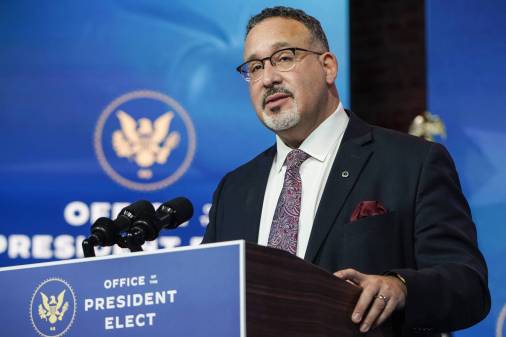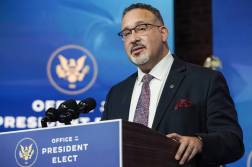Did rocky FAFSA rollout force cuts at some small colleges?

After delays in the U.S. Department of Education’s recent rollout of a new Free Application for Federal Student Aid, some smaller institutions have been forced to make cuts to their programs, Inside Higher Ed reported Friday. Nationally, though, university enrollment is growing.
The new online FAFSA form, designed to streamline the process of applying for federal aid when enrolling at a new higher education institution, was delayed by months. Typically, prospective students can begin filling out the forms in the fall, but for the 2024-2025 school year, the forms weren’t available until last January.
After the new form finally launched, the new form contained bugs that, Inside Higher Ed reported, drove down enrollment numbers at some institutions.
Lindenwood University, a private for-profit school in Missouri, saw its projected fall enrollment drop 12%. And administrators there this month announced a 10% cut to the school’s operating budget.
Justin Monk, director of student and institutional aid policy at the National Association of Independent Colleges and Universities, told Inside Higher Ed the botched FAFSA rollout compounded many of the enrollment issues higher education has been facing since the COVID-19 pandemic.
After the rocky rollout, Education Secretary Miguel Cardona in May published an eight-point plan that includes a review of the office of Federal Student Aid, restructuring senior leader reporting protocols and a new IT innovation team.
And while some smaller institutions report enrollment is down, university enrollment actually grew 2.5% this spring, according to data published in May by the National Student Clearinghouse Research Center. Community colleges are seeing the strongest growth: a 6.2% rise compared to spring 2023.
The center published another report Thursday revealing that student persistence and retention rates have also risen slightly. The center reported that the national persistence rate for students who started college in the fall of 2022 rose to 76.5 percent, nearly a full percentage point rise over the fall 2021 starting cohort.




